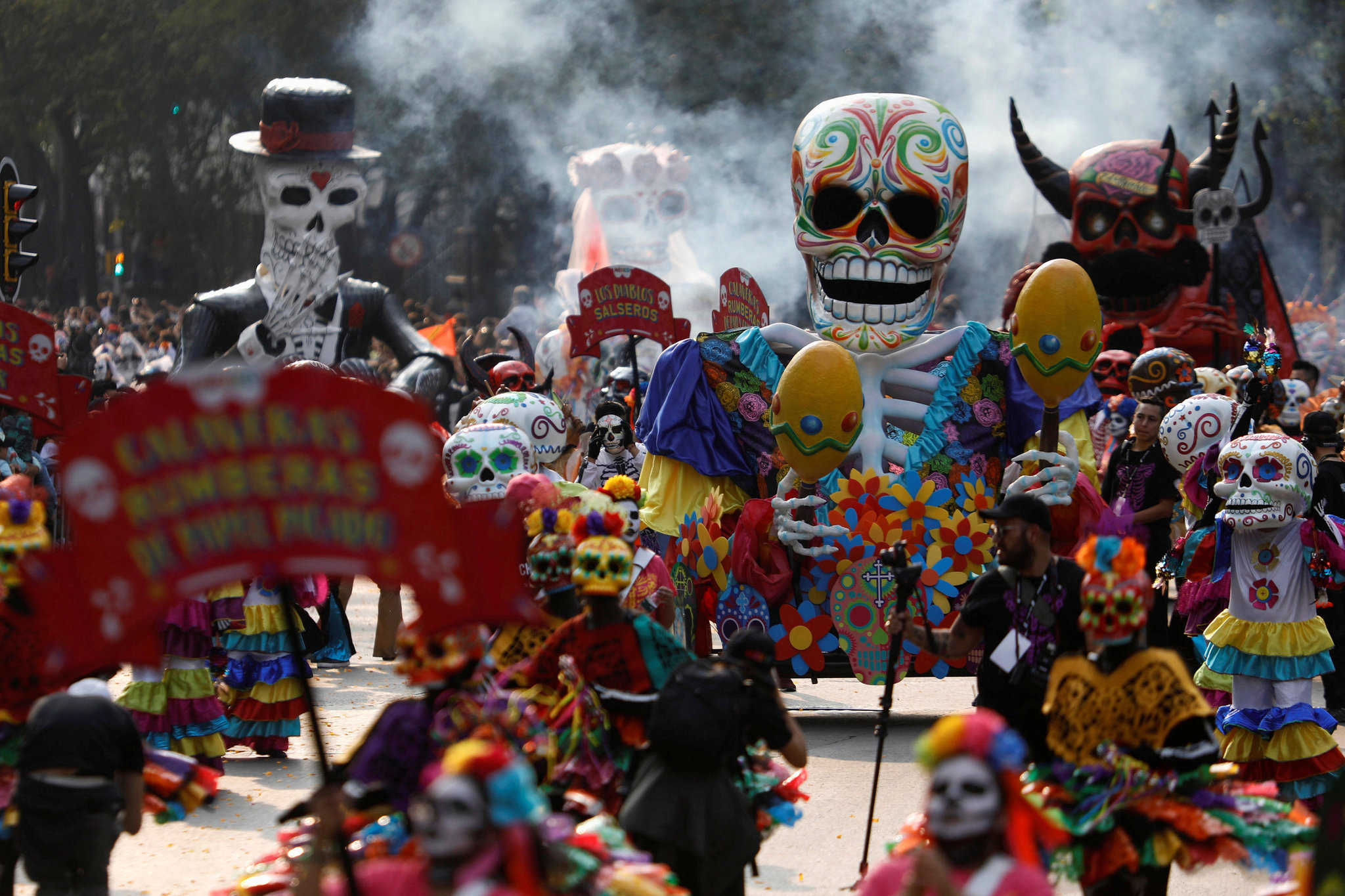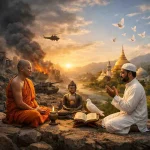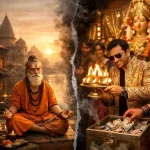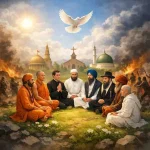The Day of the Dead
The Day of the Dead is a Mexican Festival and is also known in Spanish as ‘El Día de los Muertos’. This widely observed holiday is celebrated on first two days of November every year in the Central and Southern regions of Mexico. It is a holiday that focuses on remembering family members and friends who have passed away. In the year 2008, the tradition was inscribed in the Representative List of the Intangible Cultural Heritage of Humanity by the United Nations Educational, Scientific, & Cultural Organization (UNESCO).
Traditions of the Day of the Dead
Every year, on first two days of November on All Saints Day and All Souls Day, in many areas of Mexico: Day of the Dead festivities take place. It is quite strange for most of us to accept the fact that “death” and “festivities” can go hand-in-hand but for most Mexicans, the two are intricately entwined.
The ancient indigenous peoples of Mexico (Purepecha, Nahua, Totonac and Otomí) believed that the souls of the dead return each year to visit with their living relatives – to eat, drink and be merry. Just like they did when they were living.
On All Saints Day the deceased children (little angels) are remembered with toys and colorful balloons adorning their graves. And the next day, that is observed as All Souls Day, adults who have died are honored with displays of the departed’s favorite food and drinks, as well as ornamental and personal belongings. Flowers, particularly the zempasúchil (special type of marigold) and candles are placed on the graves and are supposed to guide the spirits home to their loved ones.
Other Symbols of The Day of the Dead Festival
Other symbols include the decorated pan de muerto (a rich coffee cake), skull-shaped candies and sweets, marizpan death figures and papier maché skeletons and skulls. During the October months the shops are filled with these macabre symbols and other similar items. During this time, homes are also decorated in the same manner as the graves.

This may all seems to be spine chilling but for Mexicans who believe in the life/death/rebirth continuum, it’s all very natural. For Mexicans Death is part of life and, as such, it’s representative of the Mexican spirit and tradition which says: “Don’t take anything lying down – even death!”
How the Day of the Dead is observed in Mexico?
First, the graves and altars are prepared by the entire family, whose members bring the departed’s favorite food and drink. Candles are lit, the ancient incense copal is burned, prayers and chants for the dead are intoned and then drinks and food are consumed in a party/picnic-like atmosphere. At 6:00 pm, the bells begin to ring (every 30 seconds), summoning the dead. They ring throughout the night. At sunrise, the ringing stops and those relatives who have kept the night-long vigil, go home.

The most vivid and moving Day of the Dead celebrations take place on the island of Janitzio in Lago de Pátzcuaro. Here, at the crack of dawn on November 1st, the Purepechan Indians get the festivities going with a ceremonial duck hunt.

At midnight, the cooked duck and other zesty edibles are brought to the cemetery in the flickering light of thousands of candles. Those visitors who come are in for an awesome spectacle as the women pray and the men chant throughout the chilly night. Other candle-lit ceremonies take place in the nearby towns of Tzintzuntzan (the ancient capital of the Purepechan people), Jaráuaro and Erongarícuaro.
@religionworldin
[video_ads]
[video_ads2]











